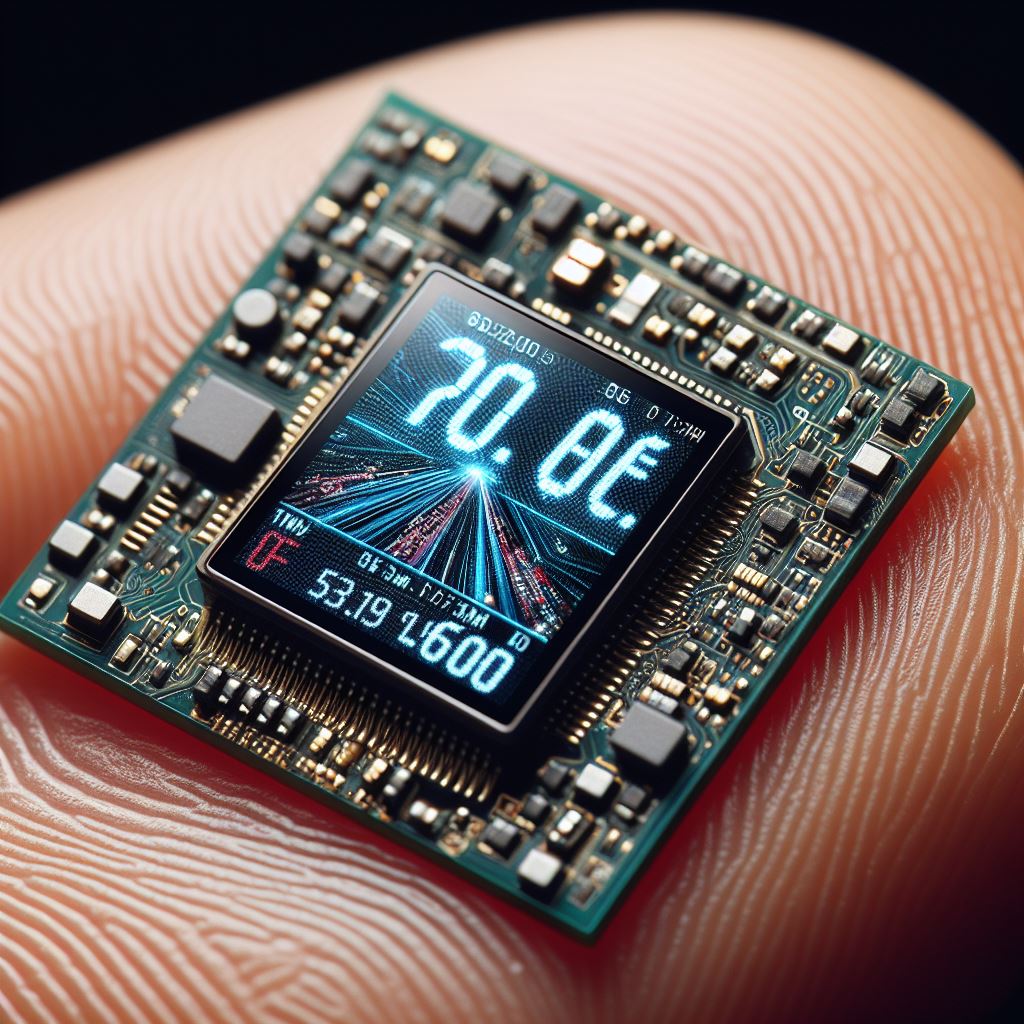Microdisplay technology is at the forefront of transforming how we interact with digital content, especially in applications such as augmented reality (AR), virtual reality (VR), and wearable devices. Recent innovations have propelled this field forward, offering enhanced performance, improved user experiences, and broader applications. This article explores the latest advancements in microdisplay technology, their implications for various industries, and what the future holds.
The microdisplay industry is expected to reach USD 3.0 billion in 2029 from USD 1.3 billion in 2024, expanding at a CAGR of 18.2% during the forecast period. The increase in demand for microdisplays is due to the integration of displays into various devices such as wearables and near-to-eye devices. The market may grow due to factors such as technological improvements in microdisplays such as MicroLED and OLEDoS technology, miniaturization trend in consumer electronics, increased usage of HMDs across a number of sectors, and growing global adoption of ADAS and HUDs in automotive sector.
1. Advancements in Display Technologies
1.1 OLED and MicroLED Displays
Organic Light-Emitting Diode (OLED) technology has made significant strides in the microdisplay sector. Known for its vibrant colors and deep blacks, OLED is now being integrated into microdisplays, improving image quality and energy efficiency. MicroLED technology, which utilizes microscopic LEDs for pixel illumination, is also emerging as a game-changer. MicroLEDs offer high brightness, better power efficiency, and longer lifespans compared to traditional displays. These technologies are essential for creating immersive AR and VR experiences, where clarity and color accuracy are paramount.
1.2 Enhanced Resolution and Pixel Density
Recent developments have led to microdisplays achieving resolutions that exceed those of traditional displays. Technologies like 4K and even 8K microdisplays are becoming more common, enabling finer details and crisper images. Innovations in pixel density allow for better visual experiences, reducing the “screen door” effect often associated with VR headsets. These enhancements are critical for applications in gaming, training simulations, and remote collaboration.
2. Innovations in Manufacturing Processes
2.1 Improved Fabrication Techniques
Advancements in fabrication techniques have streamlined the production of microdisplays. Techniques such as inkjet printing and roll-to-roll manufacturing are making it possible to produce microdisplays at a lower cost and with greater efficiency. These methods allow for flexible substrates, making displays lighter and more adaptable for various applications, including wearables and portable devices.
2.2 Integration with Semiconductor Technologies
The integration of microdisplays with semiconductor technologies is paving the way for more compact and powerful display systems. Innovations such as System on Chip (SoC) designs enable the combination of display functions with processing capabilities, reducing the need for external components. This integration results in lighter, more energy-efficient devices that enhance user experiences.
3. Enhanced Interactivity and Connectivity
3.1 Eye-Tracking Technology
Recent innovations in eye-tracking technology are being incorporated into microdisplays, significantly enhancing interactivity. Eye-tracking allows devices to detect where a user is looking, enabling features like foveated rendering, which improves performance by reducing the graphical load in peripheral vision areas. This technology not only enhances immersion but also reduces latency, making interactions feel more natural.
3.2 Wireless Connectivity
The shift towards wireless connectivity is another major trend impacting microdisplay technology. Innovations in wireless communication protocols enable seamless streaming of high-resolution content to microdisplays, allowing for more flexible usage scenarios. This is particularly relevant for AR and VR applications, where users expect high-quality visuals without being tethered to a device.
4. Applications Across Various Industries
4.1 Healthcare
Microdisplay innovations are making significant impacts in healthcare, especially in surgical applications. High-resolution, real-time imaging can enhance visualization during procedures, leading to better outcomes. Additionally, AR overlays can assist in training medical professionals, providing immersive educational experiences.
Download PDF Brochure @ https://www.marketsandmarkets.com/pdfdownloadNew.asp?id=430

4.2 Automotive
The automotive industry is leveraging microdisplay technology for advanced heads-up displays (HUDs) and AR navigation systems. Innovations allow for the integration of vital information directly into the driver’s line of sight, enhancing safety and navigation while reducing distractions.
4.3 Consumer Electronics
In consumer electronics, microdisplays are finding applications in smart glasses and wearable devices. Recent advancements allow for lightweight, high-performance devices that can provide notifications, directions, and immersive entertainment experiences without compromising on comfort.
5. Future Directions
The future of microdisplay technology looks promising, with several trends on the horizon:
- Sustainability: As environmental concerns grow, there is a push towards developing eco-friendly manufacturing processes and materials in microdisplay technology.
- Integration with AI: Artificial intelligence will play a crucial role in optimizing display performance and personalization, enhancing user experiences in real-time.
- Flexible and Foldable Displays: The demand for flexible and foldable devices is rising. Innovations in microdisplay technology will likely enable new form factors, offering unprecedented versatility in device design.
Recent innovations in microdisplay technology are setting the stage for a new era of digital interaction. With advancements in display quality, manufacturing processes, and interactivity, microdisplays are poised to revolutionize multiple industries. As technology continues to evolve, we can expect even more groundbreaking applications that enhance how we experience and engage with the digital world. The future of microdisplays is bright, promising a landscape filled with opportunities for innovation and user engagement.
